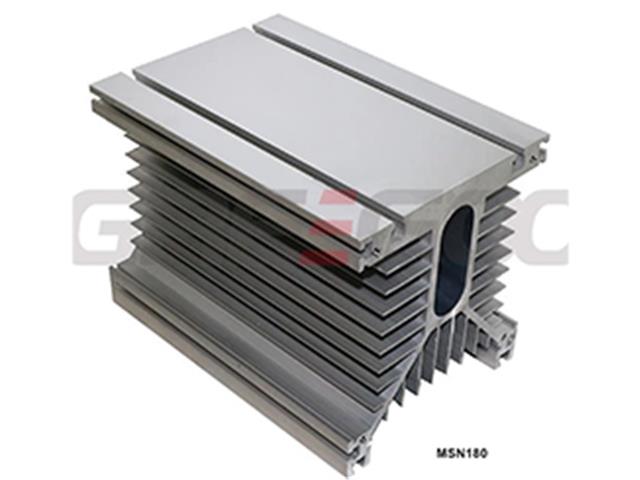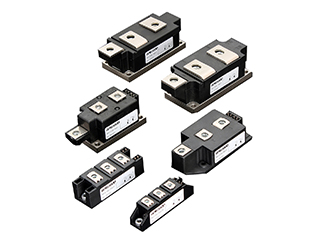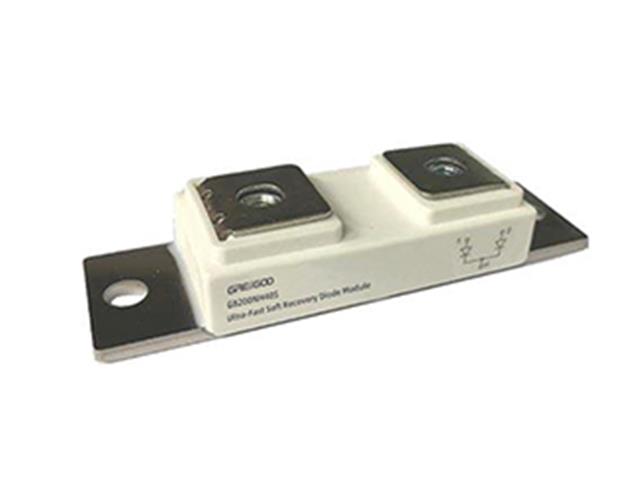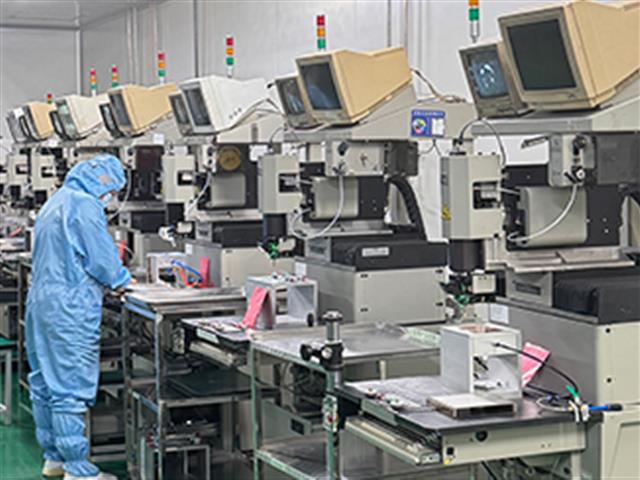Fast Recovery Diode Modules vs. Standard Recovery Diode Modules: Which One to Choose?
The main differences between fast recovery diode modules and standard recovery diode modules lie in their recovery characteristics, applications, and performance. Here are some key distinctions:
Recovery Time:
Fast Recovery Diode Modules: These have a shorter recovery time, typically ranging from tens of nanoseconds to a few hundred nanoseconds. This makes them suitable for high-frequency switching applications, such as switch-mode power supplies and inverters.
Standard Diode Modules: These have a longer recovery time, usually in the microsecond range, making them suitable for low-frequency or DC applications.
Reverse Recovery Current:
Fast Recovery Diode Modules: They exhibit a smaller reverse recovery current during switching, which helps reduce switching losses and electromagnetic interference (EMI).
Standard Diode Modules: They have a larger reverse recovery current, which can lead to higher switching losses and EMI.
Application Areas:
Fast Recovery Diode Modules: Widely used in high-frequency switch-mode power supplies, inverters, converters, and other circuits that require rapid switching.
Standard Diode Modules: Suitable for rectification, low-frequency switch-mode power supplies, and other applications that do not require fast switching.
Efficiency:
Fast Recovery Diode Modules: Due to their rapid recovery characteristics, they generally offer higher efficiency in high-frequency applications.
Standard Diode Modules: They may have higher efficiency in low-frequency applications, but their efficiency tends to decrease in high-frequency scenarios.
In summary, fast recovery diode modules are ideal for applications that require rapid switching and high efficiency, while standard diode modules are better suited for low-frequency and DC applications. When choosing between the two, it is essential to consider the specific application requirements and circuit needs.

Guide to Heatsink Calculation and Selection
A heatsink is a device used for heat dissipation, commonly found in electronic devices to help dissipate heat and prevent overheating.
Read More
Dual Thyristor Module vs Dual Diode Module vs Thyristor Diode Module, what's their difference?
Difference between dual thyristor module, dual diode module and thyristor diode combined module
Read More
Discover the Greegoo GB Series Fast Recovery Diodes: The Ideal Choice for High-Performance Power Electronics
Unleash the future of power electronics with the Greegoo GB Series—where performance, precision, and flexibility converge.
Read More
Difference Between Stud-Type and Capsule-Type Phase-Controlled Thyristors (PCT)
Capsule-type is better suited for higher power and more demanding heat dissipation requirements, while Stud-type is more appropriate for medium power applications with simpler installation needs.
Read More













